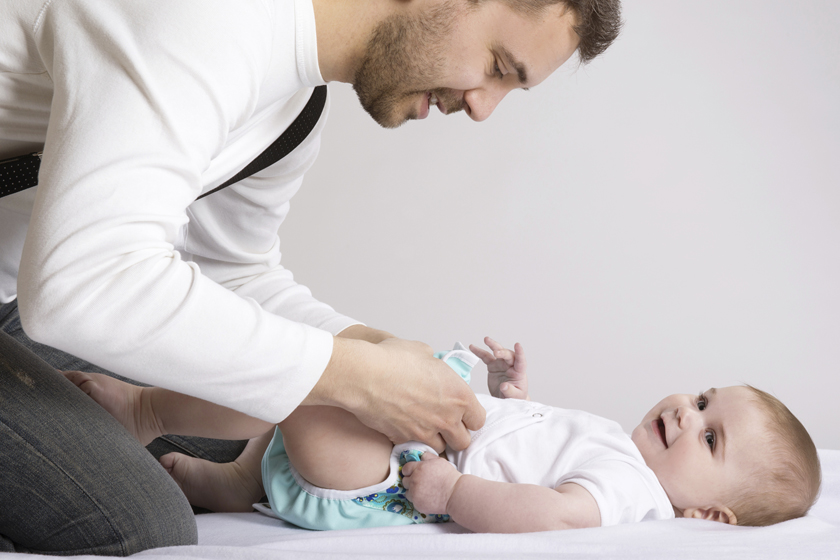
Is green poop normal?
Parents, eager for signs that their baby is getting enough to eat, learn early on to keep a close eye on poopy diapers. The transition from black (meconium) to green stools by day 3 and from green to yellow by day 5 elicits a sigh of relief. But just when you think poop patrol is a thing of the past, solid foods and childhood infections add new colors to the mix!
The most likely culprit for an unexpected color in your baby’s diaper is something in her diet. Certain medications can also cause color changes. While most color variations are normal, there are three colors—black, red, and white—that can indicate a problem. Black or red stools can suggest internal bleeding (blood turns black in the intestinal tract), and white stools can indicate liver damage. Parents are urged to contact their baby’s health care provider right away if they see red, black, or white stools. Don’t forget, however, that all normal newborn babies have black, tarry, sticky stools for the first day or two after birth, and that certain foods such as red vegetables (especially beets) or foods colored with red food dyes can make even a healthy baby’s poop reddish in color.
Poop actually gets its color from bile, a dark green liquid made in the liver to aid digestion. Depending on the amount of bile in the stool, stool color can range from light yellow to dark brown. Transit time—how long it takes the stool to pass through the intestines—also affects stool color. The faster the stool passes through the gut (diarrhea), the greener it will be. Eating lots of green leafy vegetables, foods colored with green food dyes, or foods high in iron (such as spinach or liver) can also color stools green.
Most color changes are short-lived. If the color change lasts more than a day or two or if your baby develops other signs of illness such as irritability, fever, diarrhea, or vomiting, call your baby’s health care provider.